Medipix in space dosimetry
How does Medipix apply to space dosimetry?
CERN, where the Medipix technologies were born, has a lot in common with space missions. They both deal with extreme environments, posing stringent technological requirements that often overlap. Timepix is being exploited for radiation monitoring in NASA's orion rocket and at the International Space Station. Read more about the projects below.
Interested in getting a license in the area of space dosimetry? Learn how here.
Projects in Space Dosimetry:
The renowned Timepix detector celebrates its 10-year anniversary on the International Space Station by flying to the Moon: the chip features in NASA’s future lunar programme
Get in touch
 |
Michael CampbellSpokesperson |
Rita PinhoKnowledge Transfer Officer |
